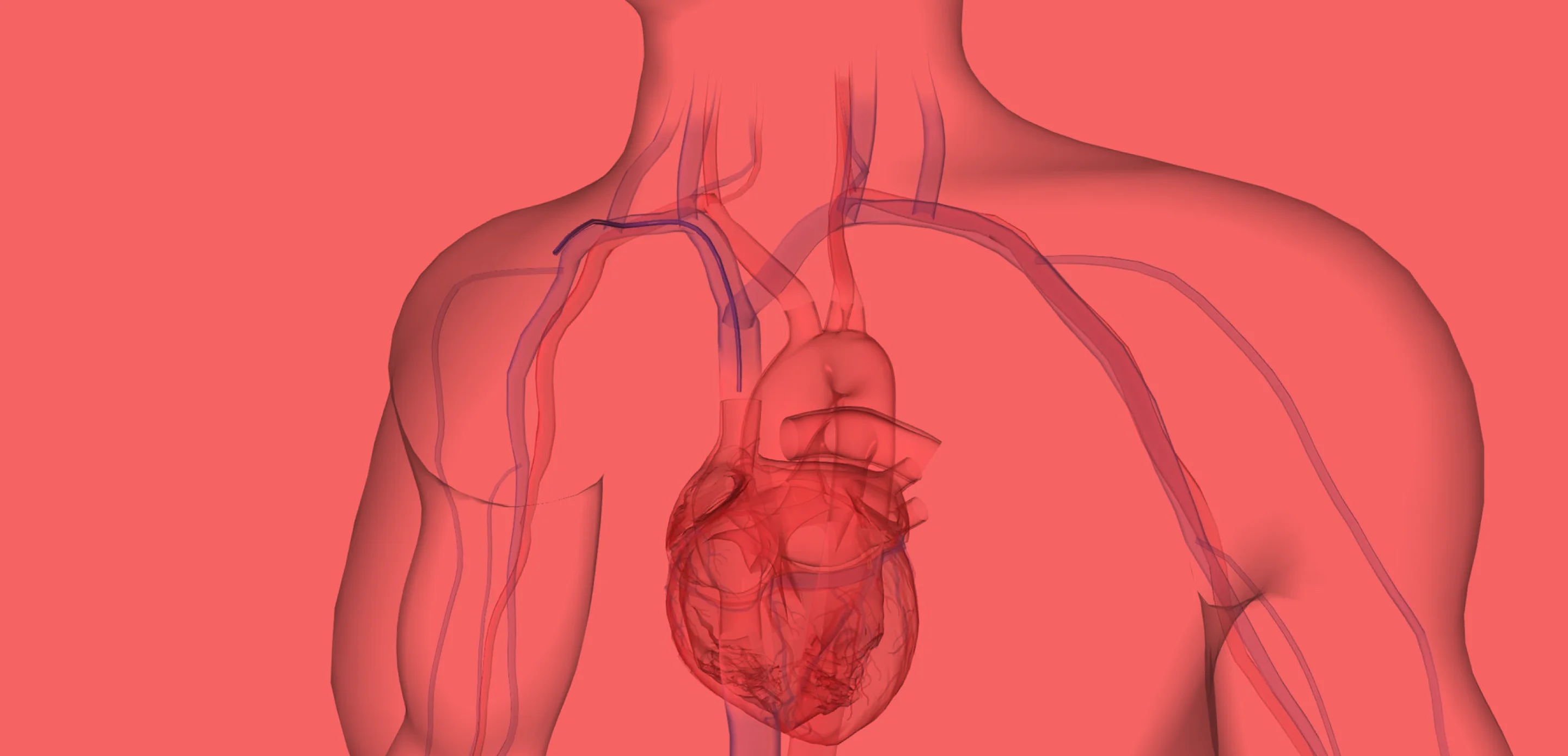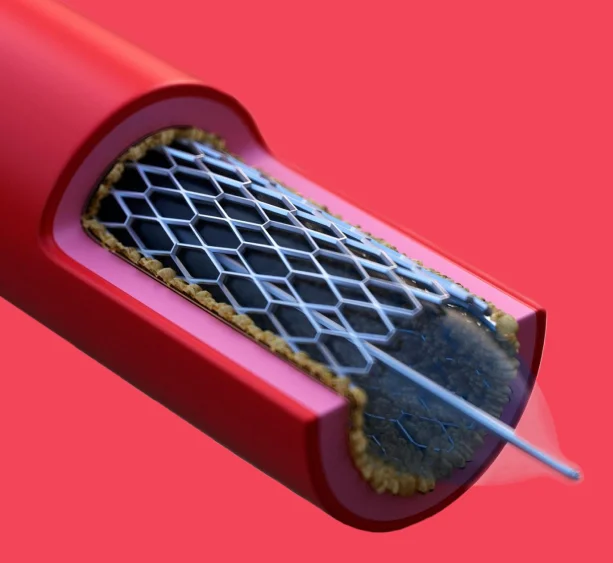


Leading-edge Peripheral Angioplasty and Stenting procedure to keep that blood flowing to your legs.
At Artemis Cardiac Centre, we are committed to taking the best care of your cardiovascular health with world-class treatments and procedures like Peripheral Angioplasty and Stenting. The procedure is carried out by our experts using the finest imaging modalities and personalized techniques, based on thorough assessment to meet your specific needs.
Our team strictly adheres to personalized treatment plans because we believe that every individual has unique medical requirements. Throughout your journey from treatment to recovery, we ensure your medical needs are being catered to with a robust approach.
ENQUIRE NOW.webp)

Peripheral angioplasty and stenting is a procedure performed on patients with peripheral artery disease, a condition characterised by blocked or narrowed peripheral arteries, i.e. the major arteries that are responsible for supplying blood to the legs and lower extremities. PAD is a common condition, usually associated with the build-up of plaque, which restricts the flow of blood through the peripheral artery.
Peripheral angioplasty and stenting aim at clearing the blockage and preventing any future risks of the same. The procedure is minimally invasive and uses detailed imaging guidance for precise visualization. PAD is one of the most common types of atherosclerosis.
Peripheral Angioplasty & Stenting is used for treating a narrowed or blocked peripheral artery. The condition is commonly referred to as Peripheral Artery Disease and it involves the legs and lower extremities such as the feet and toes. Stenting is required in cases where doctors suspect that the artery may collapse again.
Peripheral Angioplasty and Stenting is broadly classified and based on the technique that is used:
ENQUIRE NOWIt can take anywhere between 1 to 3 hours
You will be discharged within a day or 2 based on your Prognosis
It generally takes about 6 to 8 weeks to recover completely
We have restored hundreds of patients' lives with timely angioplasty at Artemis Cardiac Care Patna. Whether it's an emergency heart attack or a planned procedure, our cardiology team has achieved consistent, high-success rates.
Our individualized care, state-of-the-art facilities, and post-procedure care are valued by our patients. We're honored to be Patna go-to heart care partner, providing both clinical expertise and humane healing.




Distinguished Cardiac Care Expertise
Eminent Cardiac Care Integrated with Advanced Technology
Transformed Lives with Trust and Care .
You may be recommended to go for angioplasty if you are experiencing any of the following symptoms linked to coronary artery disease, which are not responding to medication and lifestyle modifications:

Muscular pain from reduced blood flow

Leg pain that worsens with movement

If your feet are pale or discolored

If your pulse is absent or weak

If you develop sores and wounds often

If you have severe leg/foot pain

If your one foot is colder than other

If you have weakness in the leg/foot
Various Benefit of Peripheral Angioplasty and Stenting are:
Peripheral Angioplasty & Stenting is a highly effective procedure and there are very low risks of narrowing in future, only about 2 to 3% and this can be seen within 6 to 9 months of the procedure. In such cases, the patient requires another stent implantation.
After Peripheral Angioplasty & Stenting, there are several things that are to be kept in mind.
The patients can go back to their normal routine within a couple of days following the procedure however it is important to understand that recovery is a slow and gradual process and it can take up to weeks to resume the normal lifestyle. The key to swift recovery is to be patient and follow all the guidelines recommended by the doctors.
Yes, Peripheral Angioplasty is done under the influence of regional anesthesia and sedatives to ensure that the patient does not feel any pain or discomfort. Your doctors will discuss it with you prior to the procedure to make sure you are not allergic to any of the anesthetics.
While both Peripheral Angioplasty and Coronary Angioplasty are done with the same aim of opening clogged, it is the approach used that makes them different. Coronary angioplasty is performed on the coronary artery, which supplies blood to the heart, whereas peripheral angioplasty is done on the peripheral arteries that supply blood to the limbs.
From Recent Advancements in Heart Care to Tips and Tricks to make your Heart Healthy Again, stay updated with reliable and informative blogs by our experts.
View All Blogs

